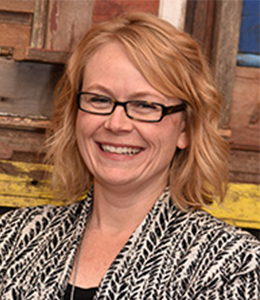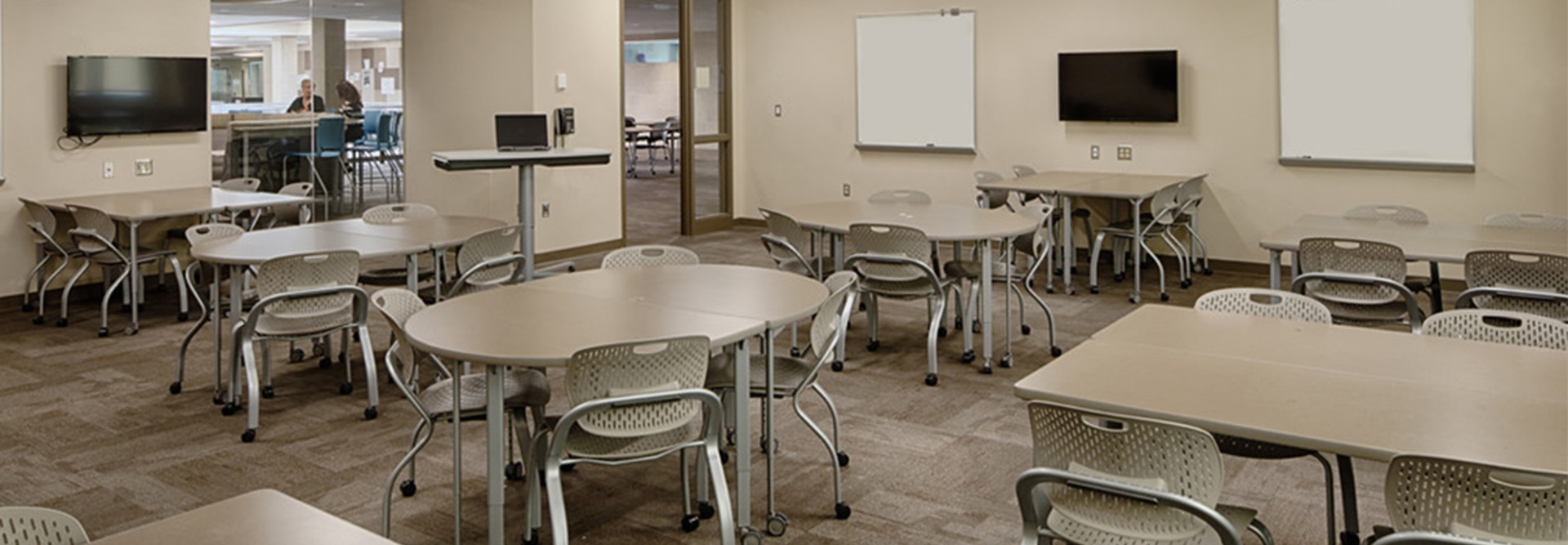Q&A: Rachel Gorton On How K–12 Schools Envision the Future of Education
When making the switch to a modern learning environment, it can be easy for K–12 schools to get distracted by the impressive array of new education technology and lose sight of the reason to adopt these tools in the first place: to improve student outcomes.
Rachel Gorton, instructional technology coordinator for Minnesota’s Burnsville-Eagan-Savage School District 191, talks to EdTech about making technology as transparent as possible, so that student learning can shine through.
EDTECH: What is Vision One91and how was it developed?
GORTON: Vision One91 is our blueprint for redesigning the district, to meet the needs of today’s student and to reimagine what modernized education looks like.

Photo: Rachel Gorton
Rachel Gorton, instructional technology coordinator for Minnesota’s Burnsville-Eagan-Savage School District 191
EDTECH: What technologies went into achieving Vision One91?
GORTON: Part of Vision One91 was to change grade configurations. We were in an older junior high model. We added 36 classrooms to our high school and brought our ninth-graders up. All of those classrooms were designed to be collaborative and flexible.
There is no front of the room; there are six monitors around the room with collaboration-focused furniture on wheels. We also moved to a one-to-one environment in fourth through 12th grade; our younger students are in a 2-to-1 ratio with technology in their classrooms.
We deployed primarily Chromebooks, and went with the newer Chrome Tablets for kindergarten, first and second grade. We also have multimedia labs, and STEM labs that have devices with probes and specialized software for 3D modeling. At the high school we put in a fabrication lab that has 3D printers, laser etchers and a CNC router.
EDTECH: How did you keep the focus on pedagogy and learning?
GORTON: I think one of the exciting things about Vision One91 is that we redesigned everything. We have a pathway model. Students aren’t locked into a pathway, but we’ve sequenced courses in a way that leads students to a certification they take with them as they move into their next phase, whether that’s career or college. We have a certified nursing program. We have a pathway for IT exploration. We have 14 pathways for students to explore.
Our success as a technology department has been in making the technology as transparent as possible so that the learning can take center stage. Our one-to-one implementation isn’t about getting a device into student hands — it’s about changing the learning environments and the instructional strategies.
_0.png)
Modern learning environments that forgo rows of desks for new seating setups open the door to new pedagogical practices. Photo: Rachel Gorton.
Each of our 10 elementary schools has a digital learning specialist. For three weeks out of a four-week rotation, they see students. As early as kindergarten, students are doing coding and computer programming, digital research, multimedia presentations — developing a wide variety of skills. On the fourth week, the specialists are co-teaching and modeling with teachers, to build teacher comfort with the technology and to help out when they are trying something new.
MORE FROM EDTECH: Check out how to create your own modern learning classroom!
EDTECH: What advice would you give another school district hoping to achieve a similar redesign?
GORTON: Be really strong in keeping the focus on student learning. We’re a suburban district outside of Minneapolis, and we’ve seen a lot of change in our demographics over the last ten years. We have spent time focused on creating a culturally proficient school system, which is a framework that we use to make sure that we are putting students first, and we’re thinking and talking about our values, beliefs, and assumptions.
It may sound odd, coming as part of an educational technology conversation, but a good example of this is that we put makerspaces in all of our elementary and middle schools. Historically, with technology, we have said once students checked off a certain number of boxes, then they get the opportunity to do something fun or creative. Our goal was to completely flip that around. Makerspaces that have a lot of technology and coding pieces in there — we want to use those to draw student interest and motivation. We can then build on that motivation to see success in other classes and situations.
.png)
STEM labs at Burnsville-Eagan-Savage School District 191 use collaborative design to engage students. Photo: Rachel Gorton.
We connect it to socio-emotional learning, so our makerspaces are an area to develop collaboration skills. One piece of advice for others is to not shy away from those conversations; they’re integral to making a successful plan and ensuring that all students can be successful.
Be willing to examine everything. We looked at the classes we were offering to students; we looked at the time and space and how students are moving through their day and their year and their education as a whole; we looked at where they’re going next and how we are preparing them. It’s a big shift, but it’s also very, very rewarding.









